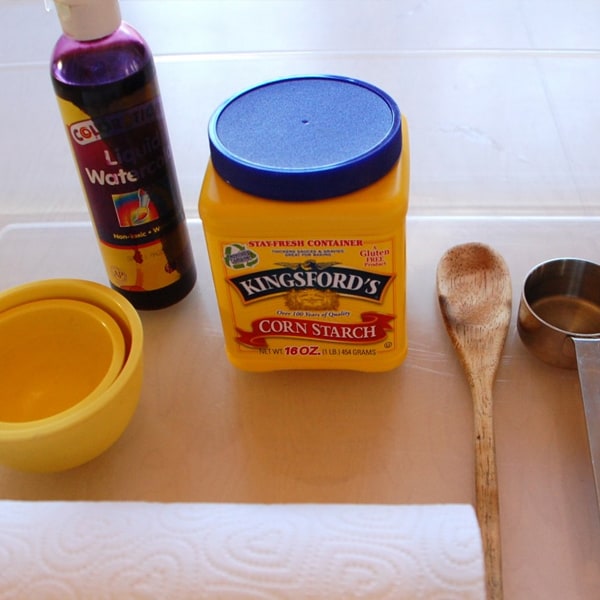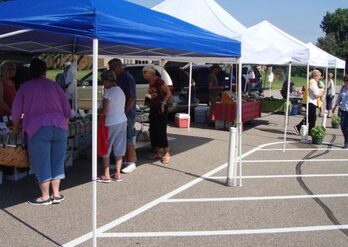“`html
Diy Goop Recipe: The Ultimate Fun-Mess for Kids!
Hello, awesome parents! Are you looking for a super simple, giggly gooey, and absolutely AMAZING activity to keep your little ones entertained? You’ve just struck the homemade goop jackpot!
Whether it’s a rainy day, a playdate, or just an ordinary Tuesday, our DIY goop recipe is here to turn any day into an extraordinary day! So, tie on those apron strings, roll up sleeves, and get ready to mix up some magic with ingredients that you probably already have in your kitchen. Let’s create some sensory fun for those curious little fingers!
Why Goop is Great for Kids?
Before we dive into the nitty-gritty of goop-making, let’s talk about why it’s a fantastic activity for children. Goop, often referred to as slime or ooze, is not just a playful mess; it’s a tactile treasure trove for sensory development. It can help children develop fine motor skills, encourage creative play, and teach basic scientific principles – all while they think they’re just having fun!
What You Need for Your DIY Goop Adventure
One of the best parts about making your own goop is that it requires very few ingredients and equipment. Here’s what you’ll need:
- Cornstarch – This is the star of the show, giving goop its unique texture.
- Water – The essential ingredient to transform the cornstarch into goopy goodness.
- Food coloring (optional) – To add a splash of color to your goop and make it extra visually stimulating.
And that’s it! No fancy materials, no complicated steps. Just pure, goopy fun!
Let’s Get Goopy: Step by Step DIY Goop Recipe
Ready to get started? Follow these simple steps, and you’ll be knee-deep in goop in no time.
- Gather Materials: Have all your ingredients and tools at the ready. This activity can get a bit messy, so an open space, a plastic tablecloth, or a tray might be good ideas to contain the fun.
- Mixing Time: In a large mixing bowl, start by adding 2 cups of cornstarch.
- Add Water Slowly: Begin adding in water gradually. Start with about 1 cup of water and mix continuously.
- Color It Up: If you’re using food coloring, add a few drops into the mix. Encourage your kids to choose their favorite color or experiment by mixing colors.
- Hands-On Fun: Time for your kids to dive in with their hands! Let them squish, squash, and explore the texture. As they play, the goop should become harder to stir and more solid when applying pressure, yet will still ooze when they let up. This is the non-Newtonian fluid in action!
Wow! Aren’t you curious to see their reaction when they first touch the goop? Pure amazement!
“`
Continuing with the goop guide…

“`html
Five Need-to-Know Tips for Parents Preparing DIY Goop
Before we dive into the gooey details, here are five essential tips to prepare for a successful and enjoyable goop-making adventure with your kids.
- Create a Dedicated Goop Zone: Choose a spot where mess isn’t a concern. Outdoors is ideal, but if you’re indoors, lay down newspapers or a plastic tablecloth for quick cleanup.
- Wear Old Clothes: Goop can be messy and might not wash out easily, so dress your children in clothes you don’t mind getting stained. Aprons or smocks can be great for protecting outfits.
- Supervise the Fun: While goop is non-toxic and safe, it’s still important to keep an eye on your kids, ensuring they don’t ingest any materials or spread the goop beyond the play area. Kid recipe, adult supervision!
- Embrace the Educational Element: Talk about the science behind the goop. This can be a hands-on lesson about mixtures, substances, and states of matter (solid vs. liquid). Let their curiosity lead the way!
- Store Properly: If you want to keep the goop for another day, store it in an airtight container. If it dries out, just add a little water to rejuvenate it. Note that homemade goop won’t last forever, so keep an eye out for when it’s time to say goodbye.
These tips will ensure your goop-making experience is as smooth as the final product!
Cleanup and Safety: Keeping Goop Play Responsible
After the play comes the cleanup, which can be a fun activity too! Teach your kids responsible play by involving them in the cleanup process. Tools like scrapers or spatulas can help peel the goop off surfaces and contain it before wiping down surfaces with a wet cloth.
As for safety, always ensure hands are washed after play and remind your little scientists not to eat their creations, no matter how much like frosting or pudding it may look!
DIY Goop Variations: Exploring New Textures and Sensations
Want to mix it up a bit? Experiment with these fun variations to add spice to your goop play:
- Glitter Goop: Add some glitter for a sparkling, starry effect.
- Scented Goop: A drop of essential oil or extract (like vanilla or almond) can add a pleasant aroma to the experience.
- Nature Goop: Mix in small natural elements like sand, pebbles, or leaves for an earthy texture.
- Shiny Goop: Tiny beads or metallic confetti can give the goop an interesting, new feel.
Remember, the key is to keep experimenting and finding new ways to engage those eager little hands and minds!
Common Questions When Making DIY Goop
- Can I make goop in advance?
- Yes, you can prepare goop ahead of time. Just be sure to store it properly to maintain its texture.
- Is goop safe if it’s accidentally ingested?
- Goop made with cornstarch and water is non-toxic, but it’s not designed for eating, and consuming large amounts could cause discomfort. Always supervise play!
- How can I make the goop thicker or thinner?
- Adjust the consistency by adding more cornstarch to make the goop thicker or more water to make it thinner.
“`
See more great Things to Do with Kids in New Zealand here. For more information see here
Disclaimer
The articles available via our website provide general information only and we strongly urge readers to exercise caution and conduct their own thorough research and fact-checking. The information presented should not be taken as absolute truth, and, to the maximum extent permitted by law, we will not be held liable for any inaccuracies or errors in the content. It is essential for individuals to independently verify and validate the information before making any decisions or taking any actions based on the articles.




